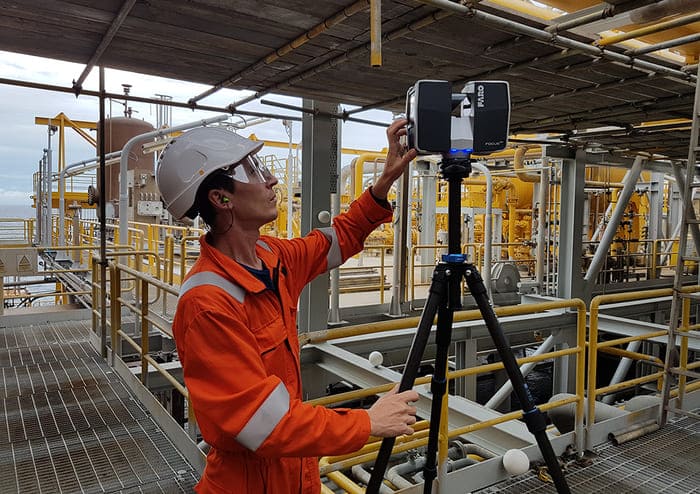Revolutionize Your Projects with 3D Building Scanning Services

In the realm of architecture, engineering, and construction (AEC), the evolution of technology continually reshapes the landscape, providing innovative solutions to age-old challenges. Among these advancements, 3d building scanning services as a transformative tool, revolutionizing the way projects are planned, executed, and managed. From renovation endeavors to large-scale infrastructure developments, comprehensive 3D building scanning solutions are proving indispensable, offering unparalleled accuracy, efficiency, and versatility.
Gone are the days of traditional measuring methods fraught with inaccuracies and inefficiencies. Today, sophisticated 3D scanning technologies have ushered in a new era of precision and speed. These cutting-edge systems employ a variety of techniques, such as laser scanning, photogrammetry, and LiDAR (Light Detection and Ranging), to capture detailed spatial data with astonishing accuracy. Every nook, cranny, and contour of a structure is meticulously scanned, generating highly detailed 3D models that serve as the foundation for informed decision-making throughout the project lifecycle.
One of the most compelling advantages of comprehensive 3D building scanning solutions lies in their ability to streamline the initial stages of a project. Traditionally, architects and engineers would invest considerable time and resources into manual measurements and site surveys, often encountering discrepancies between the as-built reality and the initial designs. With 3D scanning, this uncertainty is virtually eliminated. By digitally capturing existing conditions with unparalleled fidelity, stakeholders gain a comprehensive understanding of the site, allowing for more accurate planning, design, and budgeting.
Moreover, 3D building scanning solutions empower interdisciplinary collaboration like never before. By creating a digital twin of the physical environment, stakeholders from various disciplines—architects, engineers, contractors, and facility managers—can seamlessly integrate their expertise, identify potential clashes or conflicts early on, and iteratively refine designs with confidence. This level of synergy fosters a more cohesive and efficient project delivery process, ultimately leading to enhanced outcomes in terms of quality, cost, and schedule.
The benefits of comprehensive 3D building scanning extend far beyond the planning and design phases. During construction, these technologies play a pivotal role in progress monitoring, quality assurance, and risk mitigation. By overlaying 3D scans onto Building Information Models (BIM), project teams can meticulously track construction progress, detect deviations from the planned schedule, and address issues proactively, thus averting costly delays or rework. Furthermore, real-time access to accurate spatial data enables stakeholders to identify and rectify quality issues before they escalate, ensuring that the final deliverable meets the highest standards of excellence.
In the realm of renovation and retrofitting projects, comprehensive 3D building scanning solutions offer a lifeline, particularly when dealing with aging or historically significant structures. By capturing precise measurements and documenting existing conditions with meticulous detail, preservationists and restoration specialists can devise sensitive interventions that honor the architectural heritage while addressing modern functional requirements. Whether it’s restoring a dilapidated façade to its former glory or retrofitting a heritage building for energy efficiency, 3D scanning provides the indispensable insights needed to strike the delicate balance between preservation and progress.
Furthermore, as sustainability takes center stage in the AEC industry, comprehensive 3D building scanning solutions emerge as potent allies in the quest for eco-friendly practices. By optimizing material usage, minimizing waste, and maximizing energy efficiency, these technologies contribute to more sustainable construction practices, aligning with global efforts to mitigate environmental impact and combat climate change. From optimizing HVAC systems to designing passive solar strategies, the data-rich insights derived from 3D scans empower designers and engineers to create buildings that are not only functional and aesthetically pleasing but also environmentally responsible.
In conclusion, comprehensive 3D building scanning solutions represent a paradigm shift in the way projects are conceived, executed, and maintained. By harnessing the power of advanced scanning technologies, stakeholders can unlock new levels of precision, efficiency, and collaboration across the project lifecycle. From initial site assessments to construction monitoring and beyond, the insights derived from 3D scans empower decision-makers to make informed choices that yield superior outcomes in terms of cost-effectiveness, sustainability, and stakeholder satisfaction. As the AEC industry continues to evolve, embracing these innovative solutions will be paramount to staying ahead of the curve and delivering projects that stand the test of time.